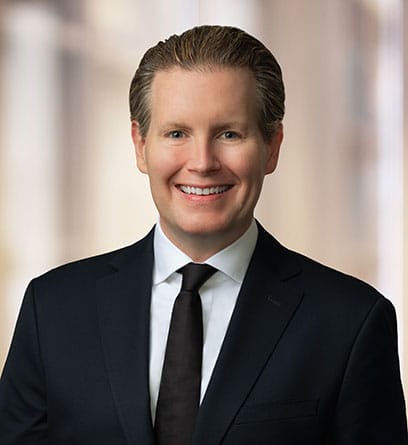A voluntary membership organization in Congress centering around a particular issue or cause.
For the First Time in Forever
Though they are not mentioned in the Constitution, caucuses, sometimes referred to as Congressional Member Organizations (CMOs), have been a part of American government since the earliest days of the republic. Members of Congress have always coalesced around informal member organizations, the predecessors to today’s caucuses. Early examples include those related to the War of 1812, temperance, and abolition.
There are hundreds of caucuses today, broken down by ideology, affinity, and other common interests. The leading ideological caucuses are the Congressional Progressive Caucus and the Republican Study Committee. The Congressional Black Caucus, the Congressional Hispanic Caucus, and the Congressional Asian Pacific American Caucus, collectively known as the Tri-Caucus, are extremely influential.
Caucus issues run the gambit, from curing rare diseases or foreign policy initiatives to emerging policy issues like the eLearning Caucus. Others are dedicated to more lighthearted causes like ice cream, beer, and sports. Caucuses are not nearly as prevalent in the Senate, with only one being officially recognized in the upper chamber, thus leading some senators to join House caucuses on issues about which they are passionate.
Do You Want to Build a Caucus?
Any member of Congress can form a caucus. The process begins by electronically registering the caucus with the Committee on House Administration. Caucuses need to be reconstituted with the start of a new Congress every two years. Once House Administration approves the establishment of a caucus, it is officially listed on their website, and its co-chairs and founding members can begin adding additional members. While members are limited on how many committees they can serve, there is no limit to the number of caucuses a member can join.
House Administration makes clear that caucuses are not considered an employing authority and have no separate legal identity. But the Committee does allow for members to use personal funds to support the organization as well as receive goods or services from private organizations or individuals. Caucuses are often run behind the scenes by senior staff in the offices of the co-chairs, who are often the primary points of contact.
Some Things Never Change
Caucuses can play a significant role in how Congress addresses policy issues. Caucus events educate members, staff, and the public on complex or obscure issues, serve as a starting point for identifying offices active on a particular policy area, and guide congressional outreach and ally development. Though the total number of caucuses may reach 500 in the coming years, they will remain an effective tool in furthering specific legislative goals and celebrating shared joys.

